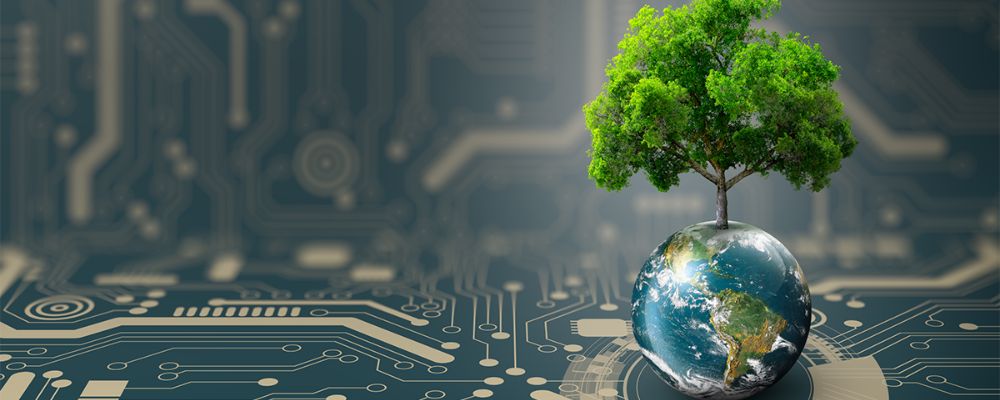
In today’s rapidly changing world, biodiversity is under threat like never before. With the extinction rates of species accelerating, innovative solutions are necessary to protect our planet’s natural resources. One of the most promising tools at our disposal is Artificial Intelligence (AI). By leveraging AI in conservation, we can develop sophisticated methods to monitor ecosystems, combat poaching, and predict environmental changes, all of which are essential for preserving biodiversity.
1. Understanding AI in Conservation
AI in conservation refers to the use of machine learning algorithms, computer vision, and data analytics to support environmental protection efforts. These technologies can process vast amounts of data from various sources, such as satellite imagery, camera traps, and acoustic sensors, to provide real-time insights into the health of ecosystems.
2. Applications of AI in Protecting Biodiversity
AI technology offers numerous applications in conservation, each playing a critical role in safeguarding biodiversity. Here are some of the most impactful ways AI is being used:
Wildlife Monitoring:
AI-powered camera traps and drones equipped with computer vision can identify and track animals in their natural habitats. This not only helps in understanding animal behaviors but also assists in identifying endangered species and their movements.
Poaching Prevention:
By analyzing data patterns, AI systems can predict poaching activities in protected areas. This predictive analysis enables conservationists and park rangers to deploy resources more effectively and prevent illegal hunting.
Habitat Restoration:
Machine learning models can analyze soil, climate, and vegetation data to determine the best strategies for habitat restoration. This ensures that reforestation and other habitat rehabilitation efforts are as effective as possible.
3. How AI Enhances Environmental Monitoring
Environmental monitoring is crucial for understanding the health of our planet. AI technologies enhance this process by automating data collection and analysis, allowing for more accurate and timely insights. For example, AI can analyze satellite images to detect deforestation, monitor ocean health by tracking changes in water temperature and acidity, and even predict natural disasters like wildfires and floods.
By providing early warnings and detailed insights, AI enables conservationists to take proactive measures to protect biodiversity. This capability is particularly valuable in remote or vast areas where traditional monitoring methods are challenging and costly.
4. The Role of AI in Predicting Environmental Changes
One of the most powerful applications of AI in conservation is its ability to predict environmental changes. By analyzing historical data and current trends, AI algorithms can forecast changes in climate, habitat conditions, and species populations. This predictive capability is invaluable for developing effective conservation strategies and mitigating the impacts of climate change on biodiversity.
For instance, AI models can predict which areas are most likely to experience habitat loss due to urban expansion or climate change, allowing conservationists to focus their efforts on preserving critical habitats before they are lost.
5. Ethical Considerations and Challenges
While the benefits of AI in conservation are significant, there are also ethical considerations and challenges to address. Data privacy, the potential for misuse of surveillance technology, and the risk of over-reliance on AI are important factors to consider. Additionally, the implementation of AI technologies in conservation efforts requires substantial investment and collaboration among governments, NGOs, and private sector organizations.
It’s crucial to ensure that AI is used responsibly and that its deployment aligns with ethical standards and conservation goals. By addressing these challenges, we can maximize the positive impact of AI on biodiversity protection.
6. The Future of AI in Conservation
The future of AI in conservation looks promising, with advancements in technology continually expanding its capabilities. From more sophisticated machine learning algorithms to increased integration of AI with other technologies like the Internet of Things (IoT) and blockchain, the potential for AI to revolutionize conservation efforts is immense.
As we continue to explore the possibilities, it’s essential to foster collaboration between technologists, conservationists, and policymakers to develop innovative solutions that protect our planet’s biodiversity for generations to come.
Conclusion
AI is proving to be a game-changer in conservation efforts, offering innovative solutions to some of the most pressing challenges facing biodiversity today. By leveraging AI technology, we can enhance our ability to monitor, protect, and restore natural ecosystems, ensuring a healthier planet for all species.
By focusing on ethical implementation and continued innovation, AI has the potential to transform conservation practices and make a lasting impact on biodiversity protection worldwide.






